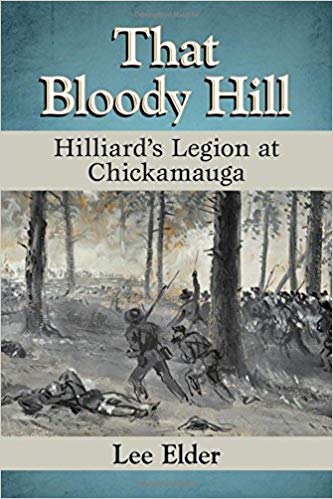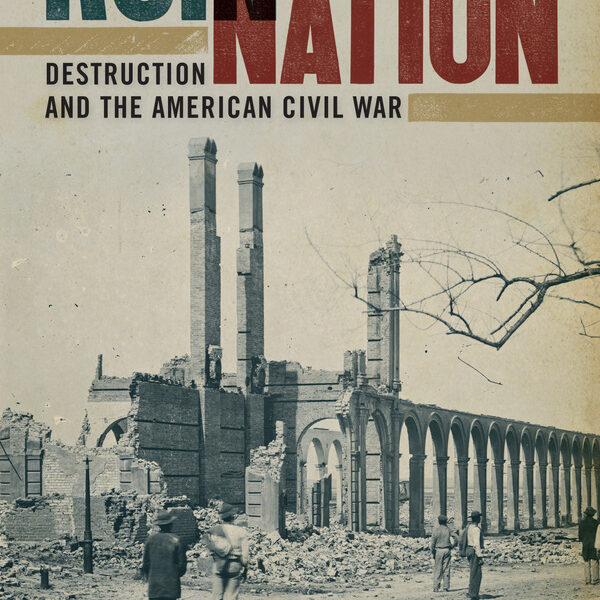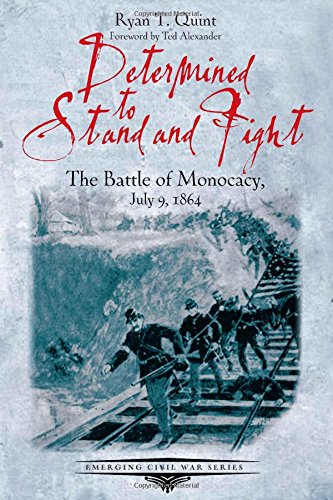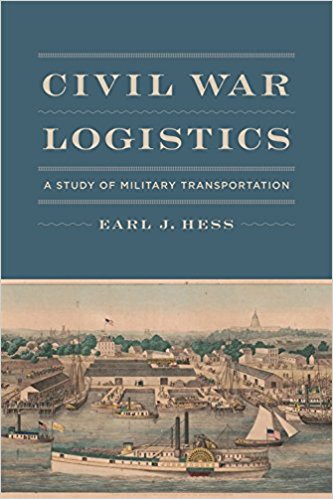The Battle of Pilot Knob: Thunder in Arcadia Valley by Bryce A. Suderow and R. Scott House. Southeast Missouri State University Press, 2014. Paper, ISBN: 978-0990353027. $20.00.
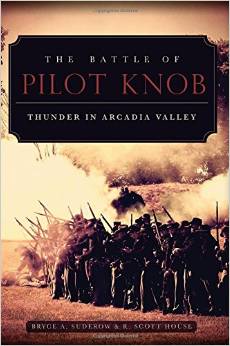 The lovely Arcadia valley in Iron County, Missouri, provided the setting for some of the most dramatic fighting of the Civil War on September 26-27, 1864. The Battle of Pilot Knob: Thunder in Arcadia Valley by Bryce A. Suderow and R. Scott House tells the story in this vast expansion and rewrite of the former’s Thunder in Arcadia Valley [1986].
The lovely Arcadia valley in Iron County, Missouri, provided the setting for some of the most dramatic fighting of the Civil War on September 26-27, 1864. The Battle of Pilot Knob: Thunder in Arcadia Valley by Bryce A. Suderow and R. Scott House tells the story in this vast expansion and rewrite of the former’s Thunder in Arcadia Valley [1986].
Those familiar with the war elsewhere will find many aspects of the conflict in the Trans Mississippi peculiar, not the least important of which are the vast distances involved. This created no end of logistical problems for the military forces and effectively ensured that much of the region would remain inadequately protected and vulnerable to partisan warfare with all the feud mentality it could engender. Union forces held the Arkansas River, but not with enough men to prevent the Confederate forces slipping into northeastern Arkansas for one last offensive under former Missouri governor Sterling Price. They hoped to recapture the state for the Confederacy, taking of St. Louis and/or Jefferson City, and embarrassing Lincoln’s bid for reelection that November.
Tiny Fort Davidson, near the railroad terminus of Pilot Knob—the little industrial hamlet in the heart of the mining country—would be their first obstacle. Unprepared for anything larger than a small attacking force of guerillas, the federals there contributed to the reports of a large Confederate force on its way north. Headquarters at St. Louis remained skeptical, if not overtly dismissive, but it happily accepted the offer of some reinforcements—few of whom arrived in time to join Colonel Thomas E. Ewing in steaming to Pilot Knob to see for himself.
Ewing himself remained unconvinced about the size of the enemy army, but gathered a command estimated at 1,450, including black and white civilians, more than enough to deter a small force without artillery. Then, about 8,000 Confederates—two of Price’s three divisions—poured into the valley, bringing several batteries with them. In a series of clashes, they knocked the federals back into Fort Davidson. September 27 saw a series of attacks against the federals, who fought desperately. Many, such as the Radical Union candidate for governor, Thomas Fletcher, knew that they would likely be massacred if they surrendered. The Confederate attacks resulted in losses of perhaps 1,200 or more, since those missing seem never to make the count.
That night, to the sound of the Confederates building scaling ladders, Ewing and his officers decided that they could not withstand another assault. Without surrender as an option, they chose to leave the fort for a night march aimed at St. Louis. Leaving behind a handful of men to blow up the magazine, they muffled the wheels with blankets and slipped from the protection of the fort, moving between lines of enemy campfires. By dawn, they realized that thousands of other Confederates were to their north, between them and St. Louis. So they veered northwest in hopes of getting to the railroad near Rolla. After several days of rear guard skirmishing, they reached Leasburg and fortified themselves in a railroad cut. Not until October 1 were they sure of their safety.
As if to confirm the fears of the Unionist, Major James Wilson, who had been the post commander at Pilot Knob, fell into Confederate hands and was summarily executed outside Union, Missouri. Rarely did Price’s army pass through a community and not leave dead prisoners and civilians in their wake. Years of war largely dissolved the distinction between guerillas and regular soldiers, soldiers and militia, militia and civilians. African Americans and Germans fared particularly poorly.
As exciting war stories go, they hardly get any better, and the authors do a superb job of telling it. Readers will enjoy it and learn much.
As suiting the complexities of the Trans Mississippi war, almost half of the book covers what took both sides to the confrontations around Ironton, Fort Davidson and Pilot Knob, and the last quarter covers the aftermath. Its focus, however, is the fighting in the Arcadia Valley itself, and the narrative contributes much to un-spring some of myths that seem to cling to any battle of the Civil War.
The book did not consider or address some of the grander myths of the campaign. The unprepared Union high command later lionized Ewing and his men, telling the press that they had made it through to Rolla with little or no loss after Fort Davidson. While starting with about 1,450, accounts report the federals limping into Rolla with 600-700. Despite the idyllic pastoral setting, the war proved remarkably brutal.
Finally, the Union adopted a view of Pilot Knob as a “Thermopylae,” where blue-clad Spartans had held off the horde until St. Louis could organize its defense, ultimately leading to the defeat of Price’s campaign. However, the idea that the federals took advantage of Pilot Knob to make St. Louis and Jefferson City impregnable suited Price, who grossly overestimated the strength of the federal forces he encountered. In reality, Union headquarters never realized the scale of the threat until hours before Price’s advance showed up in St. Louis County. And, Price had most of his army near Leasburg on September 29—two days’ hard march from a nearly undefended Jefferson City—but he took until October 7 to get his army there.
Federal rigidity and Confederate over-caution shaped the strategic thinking and predisposed the campaign to the outcome it had. War requires a vast investment on every level, from commanders, armies, and governments, which act on the basis of their assumptions. The great tragedy of events such as those in the Arcadia Valley is that the nature of that investment rarely inspired a rethinking of those assumptions.
Mark Lause is Professor of History at the University of Cincinnati and the author of The Collapse of Price’s Raid: The Beginning of the End in Civil War Missouri (2015).

